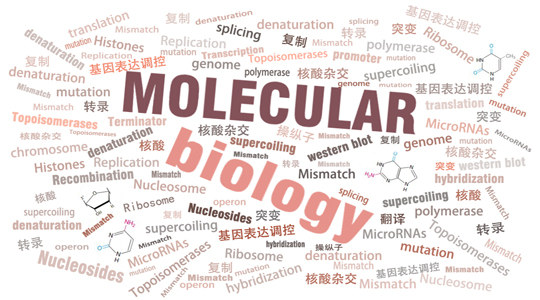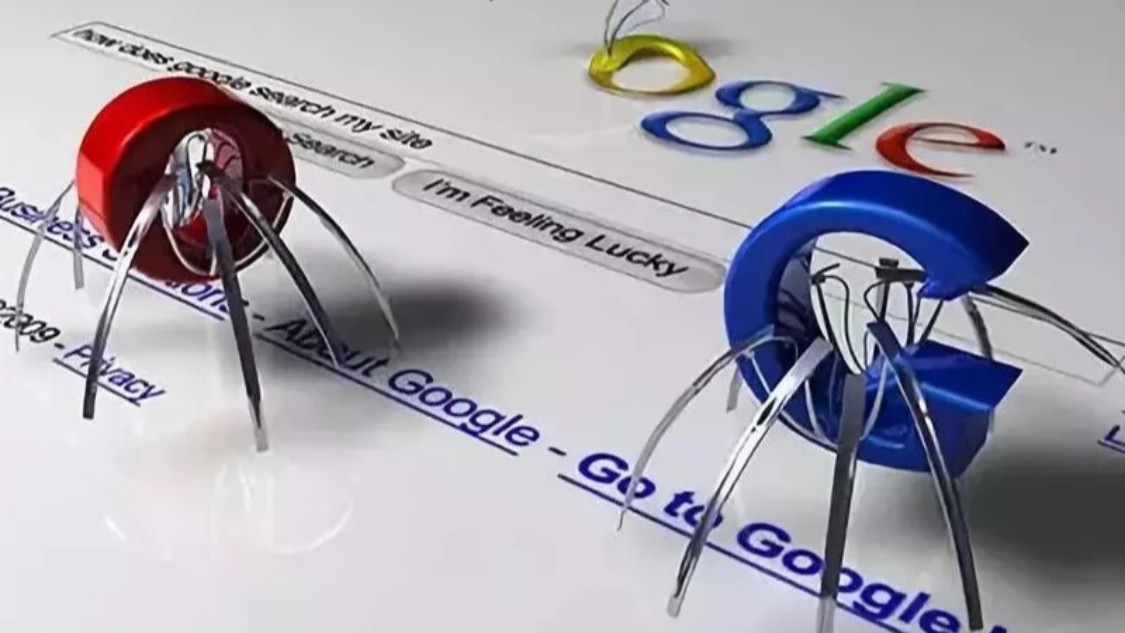
当前课程知识点:Methodology of Scientific Research > Lecture 8 Invention and Patent Application > Section 8.1 Introduction of Invention and Creation > 8.1.3 Risk and Protection of Invention
返回《Methodology of Scientific Research》慕课在线视频课程列表
返回《Methodology of Scientific Research》慕课在线视频列表
同学们好
现在我们一起学习发明创造的风险与保护
发明创造它是具有风险性的
它的风险性包含两层含义
第1层风险是指从事创造活动
需要投入一定的人力
物力和财力
但最后有可能无法取得预期的创造性成果
甚至还会因创造失误或失败
而使
研究者遭受损失
第1层风险那是指创造失误或创造失败
即创造活动达不到预期的目的
因而体现不出创造成果的使用价值
发明创造过程
存在各种各样的未知问题和困难
所以任何发明创造活动都具有一定的风险性
现代社会由于从事发明活动
所处的环境比过去更复杂
创造性活动的风险性较以往更加令人关注
怎样降低第1层风险
发明者在创造过程中
应在以下几个方面谨慎考虑
不要贪大求全
要针对有选择的发明点进行公关
面对风险
发明创造者
要有足够的心理承受能力与准备
步步为营
循序渐进
注意发明创造
所受的
资源制约
发明的周期应尽量缩短
否则发明成果完成之日很可能是被淘汰之时
要及时的整理
提炼新思想
新方法
新构思
并申请专利
保护自身知识产权
第2层风险是指虽然取得了预期的创造成果
但是由于缺乏必要的保护
被其他人窃取
对研究者造成损失
怎样降低第2层风险
通过申请专利获得专利权
从而实现发明创造的保护
什么是专利呢
专利有以下三层含义
专利是由国家政府机关或者代表若干国家的
地区性机构
根据申请所颁发的一种文件
有专利证书
这种文件记载了发明创造的内容
也就是专利技术
并且在一定的时间期间内产生这样一种法律
状况
即获得专利的发明
在一般情况下
只有经专利权人的许可
才可能予以实施
这就是专利权
什么是专利证书呢
专利证书是由国家知识产权局发给专利申请人
的法律证明文件
需要注意的是国家知识产权局指向第一专利权
人颁发一份专利证书
其他共同权利人可以请求国家知识产权局出具
专利证书副本
而且专利证书丢失不补
什么是专利技术呢
专利技术是专利权所保护的发明创造
什么又是专利权呢
它是依据各国法律赋予符合条件的发明者或
成果拥有者
在一定期限内享有的独占权利
专利权是工业产权的一种
属于知识产权的范围如下图所示
专利
保护了发明创造的成果
维护了发明人的权益
专利是怎么保护发明成果的呢
专利
保证了专利权人享有优越的竞争地位
任何他人使用其发明创造
都应当向专利权人支付一定的报酬
能够帮助他们收回完成发明专利所付出的投资
并且为专利权人提供了获得经济利益的可能
专利有利于发明创造的推广
由于发明人有望通过实施或许可他人实施其
发明专利
获得经济利益
这就为发明创造的推广增添了动力
从而达到了利用经济杠杆推动发明创造的目的
-Section 1.1 Basic Concepts of Scientific Research
--1.1.1 Basic Concepts of Research
-Section 1.2 General Procedure of Scientific Research
--1.2.3 Process of Natural Science
--1.2.4 Process of Social Science
--1.2.5 Process of Technologial Science
-Section 1.3 How to Prepare for Scientific Research
--1.3.1 Motivation of Research
-Test-Lecture #1
-Section 2.1 Types and Sources of Research Project
-Section 2.2 Principles and Methods of Topic Selection
--2.2.1 Principle of Topic Selection
--2.2.2 Methods of Topic Selection
--2.2.3 Procedure and Strategy of Topic Selection
-Section 2.3 Information Collection of Project
--2.3.1 Type, Collection and Search of Information
-Test-Lecture #2
-Section 3.1 Typical Research Methods
--3.1.1 Level of Research Method
--3.1.2 Concept of Research Method
--3.1.3 Typical Research Methods
-Section 3.2 Typical Thinking Modes
--3.2.1 Thinking and its Characteristics
--3.2.2 General Innovative Thinking
--3.2.3 Typical Thinking Modes
-Section 3.3 Analysis of Research Cases
--3.3.1 Question Description and Concept
--3.3.2 Three-Level Theory of Problem
--3.3.3 Train of Question Consciousness
-Test-Lecture #3
-Section 4.1 Research-oriented Scientific Design
--4.1.1 General Scientific Design
--4.1.3 Example of Research Design
--4.1.4 Other kinds of Research Design
-Section 4.2 Experimental Scientific Research Design
--4.2.4 Example of Experimental Design
-Section 4.3 Application-oriented Scientific Design
--4.3.1 Basic Concepts and Significance
--4.3.3 Example of Applied Design
--4.3.4 Train of Research Skills
-Test-Lecture #4
-Section 5.1 Initial Entry into the Research Group
--5.1.2 Consider Research Outline
-Section 5.2 Analysis of Scientific Research Cases
--5.2.1 Example of Correct Topic Selection
--5.2.2 Example of Team Cooperation
--5.2.3 Test of Non-invasive PDM
-Section 5.3 Research-based Learning and Research
--5.3.1 Overview of Research Learning
--5.3.2 Research-based Learning
--5.3.3 Research Train for Undergraduates
-Test-Lecture #5
-Section 6.1 Scientific Research Strategy and Tactics
--6.1.1 Strategy in Research Work
--6.1.2 Tactics in Research Work
--6.1.3 Research Group and Management
-Section 6.2 Scientific Research Tactful Operation
--6.2.3 Typical Research Planning
-Section 6.3 Discrimination of Research Obstruction
--6.3.2 Origin of Research Obstruction
--6.3.3 Case of Research Obstruction
--6.3.4 Strategy to Remove Obstruction
-Test-Lecture #6
-Section 7.1 Research Papers and Writing
--7.1.2 Writing Research Paper
-Section 7.2 Rules for Submission and Publication
--7.2.1 Preparing for Contribution
--7.2.2 Process of Publication
--7.2.3 Strategy of Contribution
-Section 7.3 Examples and Analysis of Paper
--7.3.1 Basic Structure of Paper
--7.3.3 Introduction, Main Content and Conclusion
-Test-Lecture #7
-Section 8.1 Introduction of Invention and Creation
--8.1.1 Generality of Invention
--8.1.2 Principle of Invention
--8.1.3 Risk and Protection of Invention
-Section 8.2 Patent Types and Applications
--8.2.1 Characteristics and Types of Patent
--8.2.3 Process of Applying Patent
-Section 8.3 Patent Examples and Analysis
--8.3.1 Example of Invention Patent
--8.3.2 Example of Utility Model Patent
--8.3.3 Example of Design Patent
-Test-Lecture #8
-Section 9.1 Characteristics, Types and Titles of Academic Conferences
--9.1.1 Characteristisc of Academic Conference
--9.1.2 Types of Academic Conference
--9.1.3 Title of Academic Conference
-Section 9.2 Basic Elements and Report Types of Academic Conferences
--9.2.1 Basic Elements of Conference
--9.2.2 Types of Conference Report
-Section 9.3 Main Points, Syntax and Summary of Academic Reports
--9.3.1 Writing and Accepting Conference Paper
--9.3.2 Exercise before Reporting
-Test-Lecture #9
-Section 10.1 Character and Type of Researcher
--10.1.1 Basic Moral of Researcher
--10.1.2 Moral Outlook of Researcher
--10.1.3 Talent Type and Innovative Quality
-Section 10.2 Research Ethics and Academic Norms
--10.2.1 Generality of Research Morality
--10.2.3 Monitoring Measure of Research
-Section 10.3 Research Relationship and Incentive Mechanism
--10.3.1 Generality of Research Relation
--10.3.2 Typical Research Relation
--10.3.3 Research Incentive System
-Test-Lecture #10

